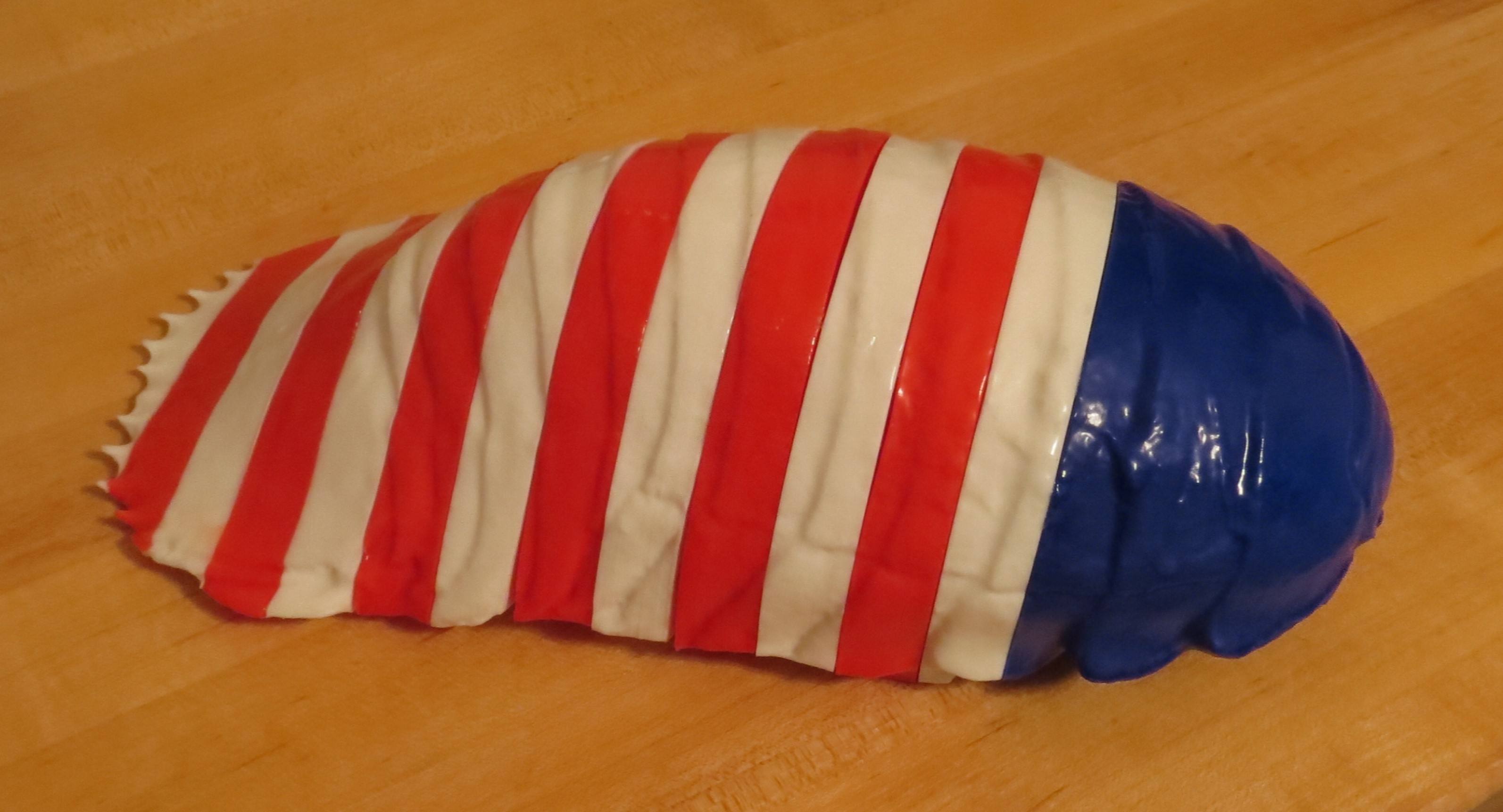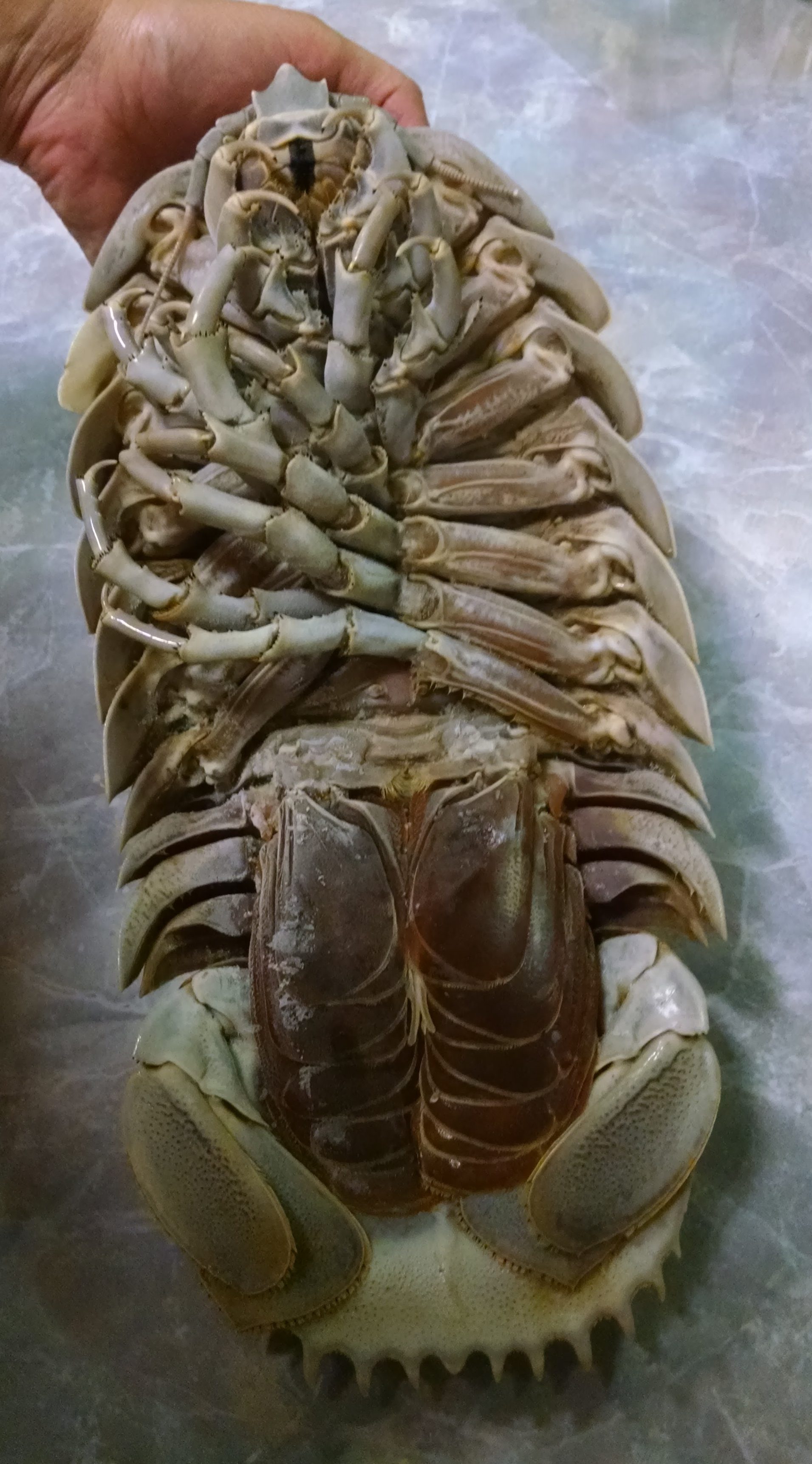Picture a pill bug, roly poly, woodlouse, or doodle bug, an animal found under rocks and logs throughout the United States. Now picture an animal similar to that pill bug, but as big as a cat, crawling across the Gulf of Mexico. That is the giant deep-sea isopod.

The deep waters of the United States’ Exclusive Economic Zone is home to this large, recognizable animal, which can reach almost 2 feet in length. Since their discovery in the late 19th century, giant isopods have captured the public’s imagination, acting as an Ambassador Species for deep-sea ecosystems. Ambassador Species are important for education, exploration, and conservation as they provide a charismatic icon to help introduce people to new and unfamiliar places.
WHEREAS:

(1) The giant deep-sea isopod is a charismatic, iconic deep-sea species commonly found in the deep waters of the United States, particularly the Gulf of Mexico and Southern Atlantic;
(2) The giant deep-sea isopod has attained a level of popular culture awareness in recent years that is unrivaled by most enigmatic deep-sea animals, with a small but persistent presence in art, film, and music;
(3) The first specimen was collected from the Gulf of Mexico in 1879 by renowned American scientist Alexander Agassiz;
(4) The discovery of the giant deep-sea isopod provided important early evidence to disprove the Azoic Hypothesis–that the ocean was lifeless beyond a few hundred feet;
(5) The pill bug, a closely-related, physically similar, common, terrestrial animal, provides a familiar touchstone to help better connect people to this deep-sea animal;
(6) The giant deep-sea isopod, being at times either fiercely independent or collectively powerful, capable of surviving and thriving in the food-limited deep ocean through tenacity and resourcefulness, models many shared American values.
(7) The 3D-modeled and printed All-American Giant Isopod highlights the creativity and skill of the Maker Movement and represents the collaboration between science, technology, and art promoted by the Congressional Maker Caucus.
(8) The worldwide demand for seafloor precious metals, rare earth elements, and oil and natural gas is increasing such that humans are seeking these limited resources in the deep ocean and thereby threatening unique and sensitive deep-sea ecosystems;
(8) The giant deep-sea isopod can serve as an Ambassador Species for deep-sea ecosystems within the territorial waters of the United States, inspiring the public to explore and learn about this unseen world.
THEREFORE:
We call upon the Congress of the United States of America to establish the giant deep-sea isopod, Bathynomus giganteus, as our National Deep-sea Animal.
Sign the Petition!